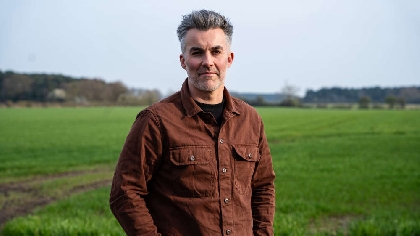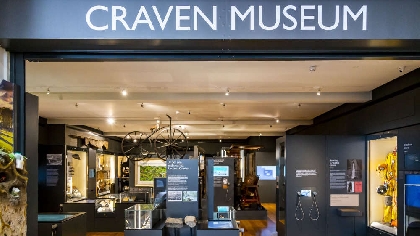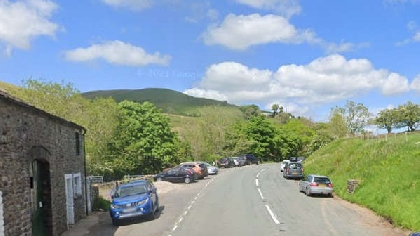
Farmers in the Dales will be able to take advantage of increasing opportunities to plant and manage woodland during the next ten years, helping to maintain the viability of their farm businesses.
Bainbridge, 15 December 2020
The news comes after an online public meeting of the Yorkshire Dales National Park Authority Members of the Authority voted to adopt a new ten-year ‘Dales Woodland Strategy’, the second of its kind. The strategy has been devised by the Dales Woodland Forum, a partnership of landowners, charities and public bodies such as the Forestry Commission (see Note to Newsdesk).
It sets an ambition to enhance the landscape by creating 6,000 ha of woodland habitat in the Yorkshire Dales National Park by 2030. That would take the area of the National Park covered by woodland, which is currently smaller than London (4.5%) and the smallest of any of England’s National Parks, from 4.3% now to 7%.
It was confirmed at the meeting that the ambition in the first Dales Woodland Strategy 1995-2020, to plant 2,000 hectares of new woodland, had been met.
Member Champion for the Natural Environment at the Yorkshire Dales National Park Authority, and member of the Dales Woodland Forum, Ian McPherson, said: “We have agreed that the open, farmed character of the Yorkshire Dales must be conserved. That’s why the new Dales Woodland Strategy clearly sets out that any new woodland must enhance the landscape. The new ambitions represent a significant scaling up of woodland creation and management in the National Park, but we are all clear that trees must be planted in the right place and for the right reasons. For example, we must ensure tree planting doesn’t adversely affect habitat used by birds of conservation concern such as the curlew.
“The new strategy acknowledges the role that existing conifer plantations play within the Dales and careful management of them will be key to survival of the native red squirrel. Creating further conifer plantations could be possible but only when they provide tangible benefits to the natural beauty, wildlife, and cultural heritage of the National Park.
“I would like people to share my enthusiasm about the prospect of more trees in the National Park. New woodland is beautiful. It attracts wildlife. The good news is that public money is available for it. Trees sequester carbon and can help with water quality, natural flood management and, crucially, farm business viability.
“Managing existing woodlands will become an equal priority to creating more woodlands. Existing mature field trees, usually marking boundaries, are hugely important in the landscape, as are existing hedgerows, such a feature in the Cumbrian part of the National Park.
“Our starting point will be to work with people to expand or connect existing native woodlands. If we can do this and improve public access to woodlands, so much the better.”


 Custodians of the Soil: Beautiful images of nature-friendly farmers
Custodians of the Soil: Beautiful images of nature-friendly farmers
 Go Cuckoo in Austwick this Bank Holiday
Go Cuckoo in Austwick this Bank Holiday
 Celebrity guests at this year's Great Yorkshire Show announced
Celebrity guests at this year's Great Yorkshire Show announced
 Labour sweeps to victory in mayoral election
Labour sweeps to victory in mayoral election
 Work well underway at Kex Gill
Work well underway at Kex Gill
 How to vote in Thursday’s mayoral election
How to vote in Thursday’s mayoral election
 Craven Museum shortlisted for the world’s largest museum prize.
Craven Museum shortlisted for the world’s largest museum prize.
 Bridge approved near waterfall despite visitor hotspot concerns
Bridge approved near waterfall despite visitor hotspot concerns